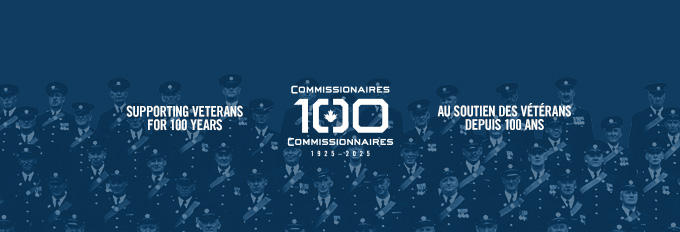His name was Alfred Guibault, and he lived near the Ottawa River in Aylmer, Que. He was a private, and he died horribly during the fighting for Regina Trench in 1916. Ninety-two years after the First World War the circumstances of his service and the circumstances of thousands of others who served are available for all to see—but only if you want to see.
Adam Gutoskie wanted to see. The Grade 11 student from D’Arcy McGee High School in Gatineau, Que., was one of several students who earlier in the school year made use of a popular learning experience through the Library and Archives Canada’s Learning Centre. It is known as the Lest We Forget Project, and it allows students to consult and research primary source documents by looking through the original—not photocopied—military files of Canadian soldiers and nurses. A student’s focus could be on anyone who served in the First World War or on someone killed in action during the Second World War.
Project co-ordinator Debbie Jiang says the end result is often a nice little biography. First World War attestation papers are available online through the Library and Archives Canada website and other research can be done on site or in any classroom across the country. Interested teachers or students can contact the archives and order copies of primary documents relating to soldiers from their area. “All they need is a list of names,” explained Jiang. “They can find names on local cenotaphs and if there is no cenotaph, they can contact us and we can provide them with a list of people who served in their area.”
The project, which is supported by The Royal Canadian Legion, was inspired by Blake Seward, a former history teacher at Smiths Falls District Collegiate Institute southwest of Ottawa. Concerned that the contributions of those who died in the First World War were being forgotten, he began researching the military history of his great-uncle who fought and died at Passchendaele. It occurred to him that his students could benefit from such research and that the experience could make history come alive in the classroom. It worked and even involved overseas trips to battlefields and cemeteries.
The project has grown in popularity, but as recently as late spring, supporters were concerned the Learning Centre was going to be a victim of budget cuts. On April 26, Canadian Heritage Minister James Moore told the House of Commons that the “project is not being eliminated” and that “staff will continue working on the activities and projects of the Learning Centre.”
The workshop for the Gatineau students at the archives included a presentation on how to examine the documents, including various forms and the meaning of various abbreviations. The students each pulled a file bearing the name of a soldier they were researching. In one of the archives’ meeting rooms, they spent a morning sorting through the delicate papers. Some said they felt like private investigators “looking into a cold case” or an archaeologist sifting through layers in search of a treasure. “In our case,” explained teacher Matthew Russell, “the names didn’t come off a cenotaph. I looked at the nominal rolls from local units—looking for soldiers who served from the western Quebec area. I also visited the local Anglican church and looked at the honour roll there.”
“It makes me feel kind of sad,” added Gutoskie. “A lot of people went over there to France and Belgium and died there. Yet we don’t know much about them.”
Gutoskie discovered that Guibault was 26 when he got hit by shrapnel. “He got hit in the left eye and had some (shrapnel) in one of his feet. He couldn’t see out of his left eye, and he passed away. I know because I found his medical case sheets in the file.”
Jiang said some students really get attached to the soldier they are researching. “It is neat to see how their attitudes change. They come away thinking that this person wasn’t much different than them.”
Student Jenna Roy used the opportunity to examine the life of her great-grandfather Patrick Agustine Brennan of Bathurst, N.B., wounded at Vimy Ridge in April 1917. “He suffered a gunshot wound to his left elbow, and spent almost a year in the hospital. I am excited about what else I can learn from this.”
Student Michael Pettit added, “It’s just cool seeing what the soldier had to go through.”
For Russell, it is a gratifying experience when he sees students with heads down, poring over old handwriting; working to move themselves a little closer to their soldier’s experience. “It brings history to them and it brings them to history.”
Advertisement


















